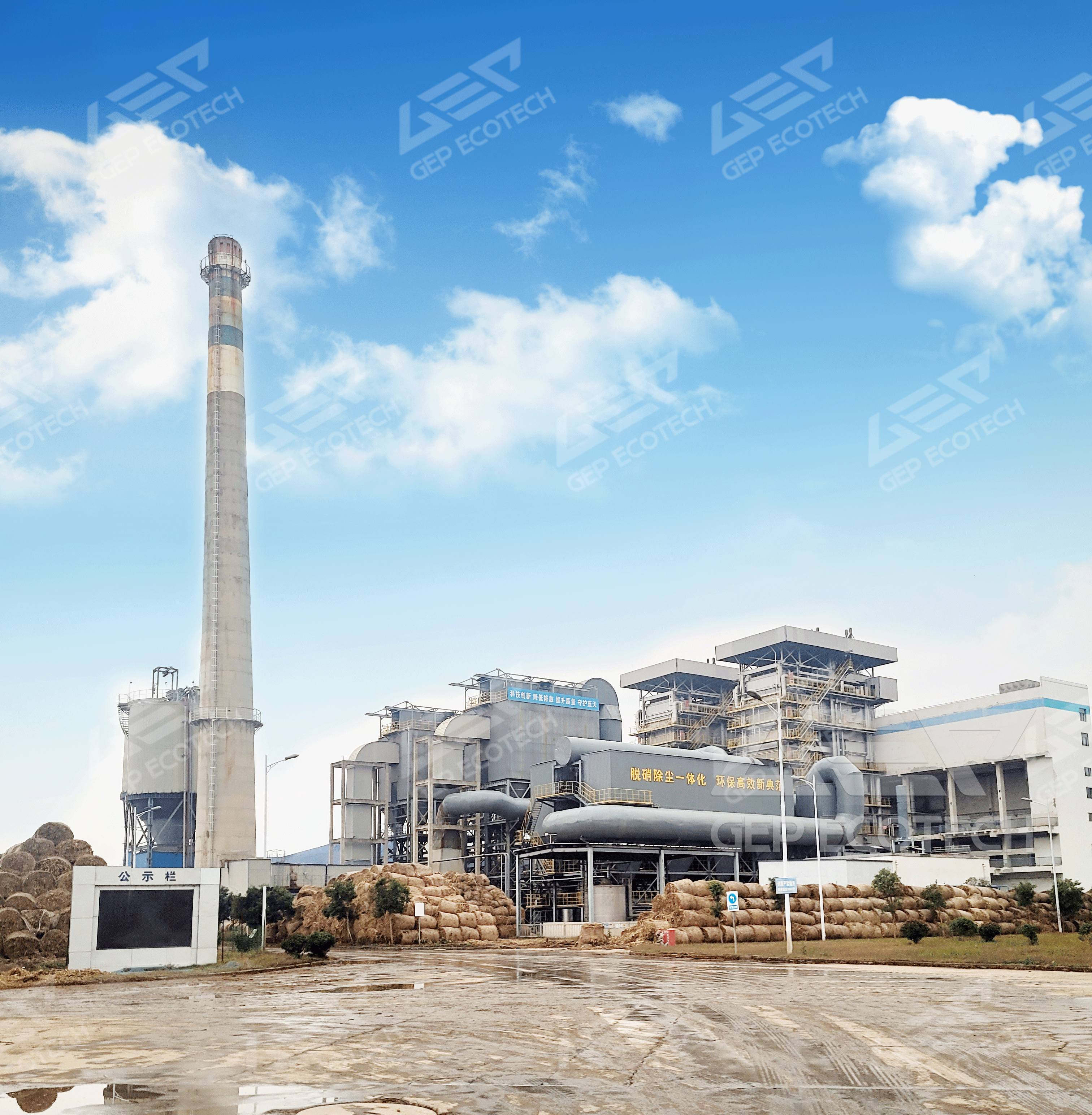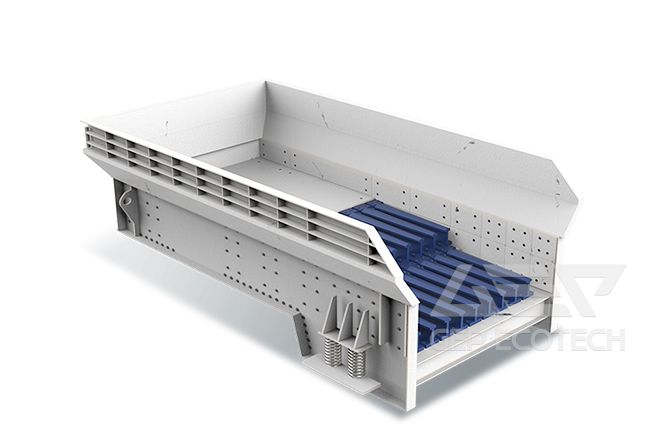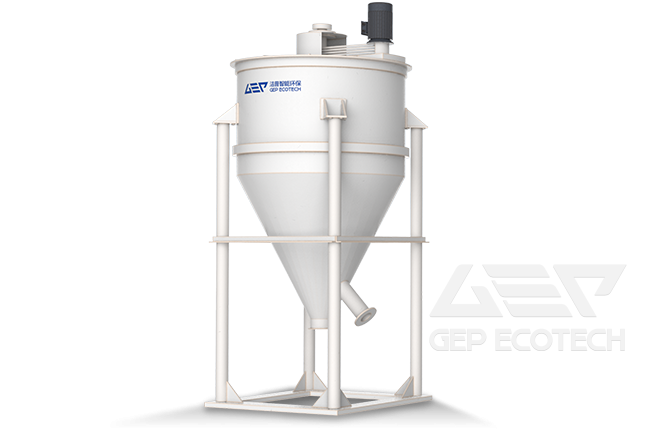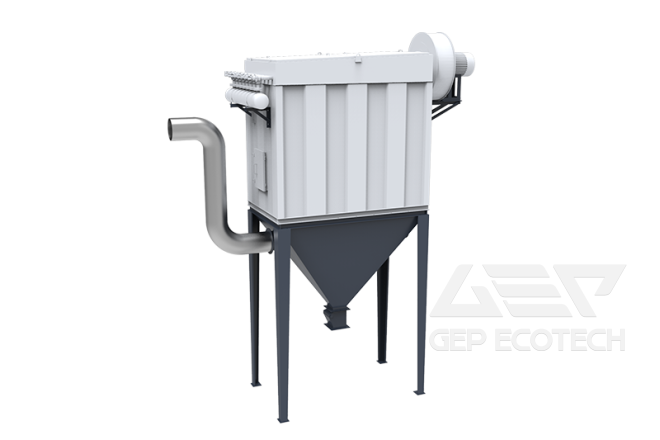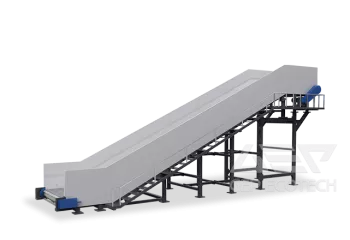1、 What is biomass co firing?
Biomass co firing refers to the technology of mixing biomass fuels (such as agricultural and forestry waste, straw, sawdust, etc.) with fossil fuels (such as coal, natural gas) in a certain proportion and burning them together in a boiler or generator set. This technology aims to partially replace traditional fossil fuels, reduce carbon emissions and pollutant emissions, while promoting the large-scale utilization of renewable energy. Biomass co firing can be applied to both the renovation of coal-fired power plants and the construction of new mixed fuel power generation systems, and is an important transitional solution for achieving low-carbon transformation in the energy sector.
2、 The main methods of biomass co firing and their advantages and disadvantages
At present, biomass co firing is mainly divided into the following three methods, each with its own characteristics and applicable scenarios:
1. Directly co firing
- Method: After crushing biomass, it is directly mixed with coal powder and sent to the boiler for combustion.
- Advantages: Low renovation cost, simple operation, suitable for rapid transformation of existing coal-fired power plants.
- Disadvantages: High moisture content in biomass may reduce combustion efficiency; Differences in ash content characteristics can easily lead to boiler slagging or corrosion.
2. Indirect co firing
- Method: Biomass is first gasified or pyrolyzed to generate gas or bio oil, which is then mixed with fossil fuels for combustion.
- Advantages: More stable combustion and lower pollutant emissions; Flexible adjustment of blending ratio.
- Disadvantages: Additional preprocessing equipment is required, resulting in high investment costs; The technical complexity is relatively high.
3. Parallel combustion
- Method: Biomass and fossil fuels are burned separately in an independent combustion system, and the generated heat energy is utilized uniformly.
- Advantages: Avoiding interference between fuels and compatible with multiple types of biomass; The system has strong stability in operation.
- Disadvantages: It requires the construction of two combustion systems, occupies a large area, and has poor economic efficiency.
3、 Future trend prediction of biomass co firing
1. Technological iteration drives efficiency improvement
In the future, we will focus on biomass pretreatment technologies (such as low-temperature drying and efficient crushing) and intelligent combustion control systems to improve the blending ratio and reduce equipment losses.
2. Policy driven large-scale application
Under the dual carbon goal, it is necessary to promote the transformation of coal-fired power plants into biomass co fired power plants through policies such as carbon tax incentives and electricity price subsidies.
3. Accelerating the integration of the industrial chain
The industrial chain from raw material collection, storage and transportation to combustion utilization will gradually improve, forming a regional biomass energy network. For example, agricultural and forestry waste enrichment areas may establish a closed loop of "raw materials power generation ash utilization".
4. Combined with Carbon Capture Technology (BECCS)
The biomass co firing coupled carbon capture and storage technology (BECCS) can achieve negative carbon emissions and become one of the core paths for deep decarbonization in the future.
4、 Difficulties and Solutions in Biomass Co firing
1. Unstable supply of raw materials
- Difficulties: Biomass distribution is scattered, seasonal, and easily affected by weather and market price fluctuations.
- Solution: Establish a diversified raw material supply chain (such as straw, forestry residues, energy crops), promote the "farmer+enterprise" cooperation model, and optimize logistics management using blockchain technology.
2. Technical compatibility and economic bottleneck
- Difficulty: High proportion co firing may lead to a decrease in boiler efficiency and a long payback period for renovation investment.
- Solution: Develop more adaptable burners, provide government subsidies for technological upgrades, and increase revenue sources through the carbon trading market.
3. Lack of standards and regulation
- Difficulty: The quality of biomass fuel varies greatly, and there is a lack of unified blending ratio standards.
- Solution: Develop biomass fuel standards and establish a full lifecycle emission monitoring system.
4. Insufficient public awareness
- Difficulty: Some regions have doubts about the environmental value of biomass energy and are concerned about incineration pollution.
- Solution: Strengthen science popularization, promote successful cases, and publicly disclose emission data to enhance transparency.
Biomass co firing serves as a bridge connecting traditional energy sources with a zero carbon future, offering both environmental benefits and economic feasibility. Despite facing multiple challenges such as technology, supply chain, and policies, its large-scale application prospects are broad through technological innovation, industrial chain collaboration, and institutional guarantees. In the future, biomass co firing may become one of the core pillars of decarbonization in the global energy system, providing practical solutions to address climate change.


